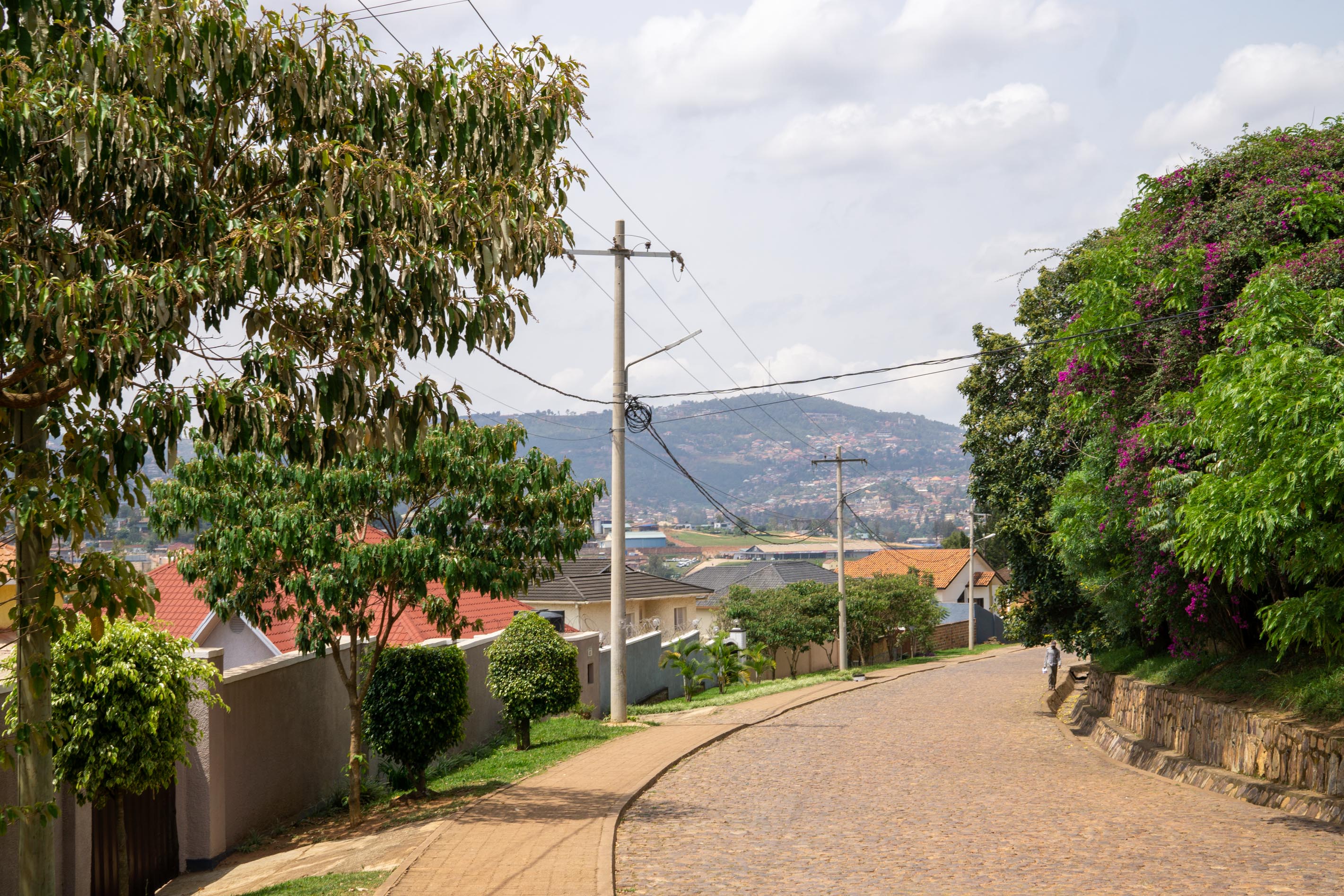IGHER and Kigali

I got into Kigali, Rwanda about three weeks ago. I stopped for a few days in Nairobi on my way here. It has been a whirlwind of high activity times and times without much happening. I’ve focused more on my project here - partially because there is a bit less exploring to do and partially because it feels like I have had a chance to pick up the threads that were disrupted with the Indian visa situation.
I am working with the Institute for Global Health Equity Research (IGHER) , which is affiliated with Partners in Health on an evolving project on access to cancer care. The basic premise is two fold: cancers present a growing burden in Rwanda , implicit in this is a part of the Partners in Health doctrine that I find elegant: increasing access to cancer care through earmarked funding will also increase the functionality of other healthcare infrastructure. This concept is a wonderful way to both build healthcare infrastructure while treating an underlying disease burden. In the few months that I am here, I am hoping to work towards solutions on two projects:
-
Identifying effective avenues for expansion. Even though Rwanda is a geographically small country, the population is not uniformly distributed. Further complicating this problem is the fact that Rwanda is the land of a thousand hills - areas that are only a kilometer may be many hours apart due to the required ascent or additional distance needed to avoid elevation changes. Previous work here both identified trends in geographic access and suggested some expansion plans (based on a super cool tool AccessMod5) that would decrease geographic inequities. I hope to build on this work by formulating the choice of which . I’m hoping to produce a tool that wraps the solving of this optimization problem to be available to policy makers here.
-
Determine root causes of late diagnosis. Rwanda has an exceptionally high late diagnosis rate - for breast cancer more than 75% of cases are diagnosed in stage III or IV, which means that chemotherapeutics are less effective than if 75% of cases were caught in stage II. As such funding screening programs seems an effective . However, the question is: is the reason that there is a comparatively high late diagnosis burden because of the inability to access care or because patient education has not reached satisfactory levels. Rwanda has an impressive community clinic and health worker infrastructure with comparatively good access to . This system has shown excellent results in surveillance testing to prevent epidemics of Ebola virus and reduce Malarial disease burden. Given the community health worker models past success at population surveillance, why does the burden of breast cancer, in particular, remain dominated by late stage diagnoses?
One of the ideas that I am currently working on - spurred in part by some bouncy bus rides in Nepal - is determining the threshold at which improving roads becomes a better way of improving access to care than building new clinics. Part of the allure of this idea is that expanding road networks, with funding designated for improving medical care, would measurably improve quality of life in many other facets of life. As with many things, I am obviously not the first one to think of this question. PIH was a pioneer of this idea, using funding allocated for the treatment of HIV to build healthcare infrastructure (Read more about their program here. In addition to building HIV testing and treatment infrastructure, PIH was able to indirectly improve care for many other disease - since if a hospital is capable of diagnosing and treating HIV, it likely also is able to treat many other .This would be the same core idea, but with a more expansive horizon: improved roads would extend beyond just access to healthcare and into economic opportunities. From a network perspective, reducing the resistance to flow would decrease travel times without fundamentally altering the network. It would also render future programs and improvements more effective. I have not found any papers directly comparing roads and new clincs ,but have found examples of optimization problems involving both.

